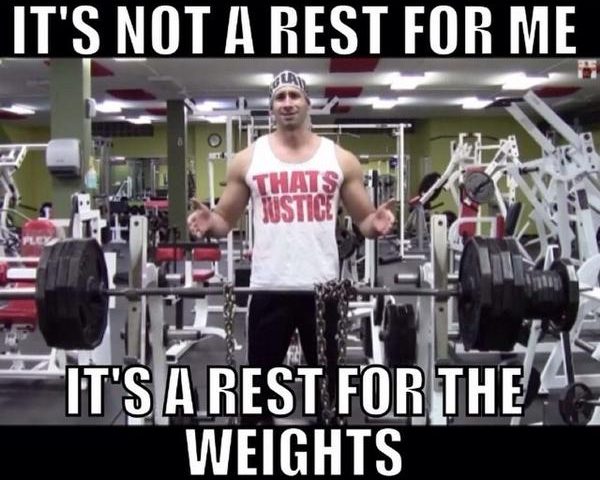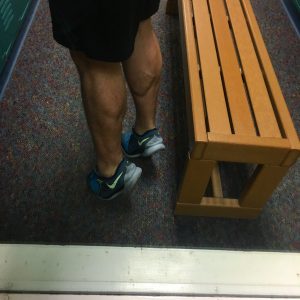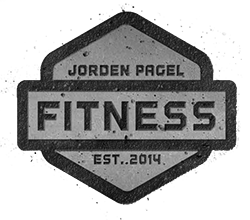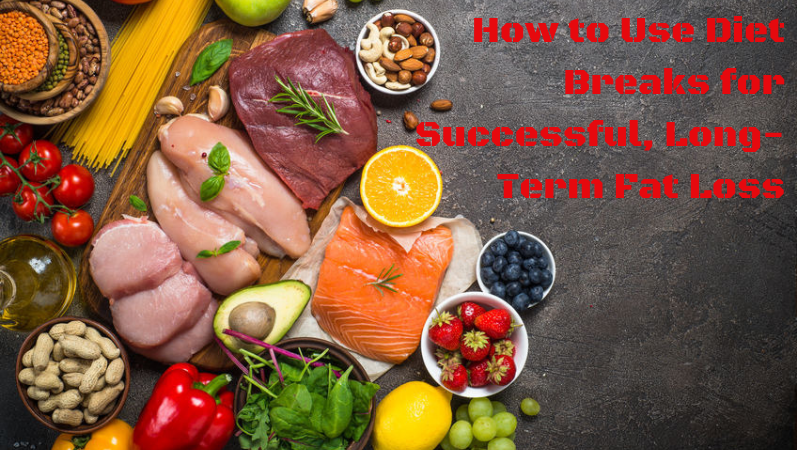Stop Timing Your Rest Periods?

I like to train alone most of the time. I put my headphones in, give 100% focus to my workout, quietly sing along to my music, and occasionally checking out my calves in the mirror; which I haven’t trained since the Clinton Administration.

And not a single calf was trained that day.
Sometimes though, I’ll have someone come up and ask me what type of program I’m doing. And being a coach, I’m always happy to share my knowledge with the masses, when asked.
Common questions I get asked are what kind of exercises I’m doing, how many sets, how many reps, etc. But in all my years of training, talking about training, and training clients, one question I’ve never been asked is, “What do your rest periods look like, bro?”
Rest Periods: The Red-Headed Step Child of Resistance Training
Watch people work out in almost any commercial gym, and you’ll see why rest periods are treated like the bastard, red-headed step child of most training plans.
For some, apparently the time in-between sets is when you’re suppose to check all 32 social media apps on your phone. For others, it means talking until you run out of things to say and distrupted everyone else’s workout, and then starting your next set.
The biggest driver of what makes a successful workout is intensity. Now, there are a ton of different factors that play a role in workout intensity, but the biggest ones are sets, reps, weight (otherwise know as workout volume), and – you guessed it – rest times.
If you want to lose fat, gain muscle, or get stronger, you need to be training with an intensity appropriate to that goal. If you want to get stronger, you wouldn’t short-change yourself on how much weight you lift, would you? No. You’d want to put as much weight on the bar as possible.
The same is true with rest periods
Conventional Thinking on Rest Periods: What You Might Be Choosing to Ignore In Your Workout
Depending on your goal, you probably know that there are certain prescribed rest periods that you should be following. Or maybe you don’t. And then this is going to be really educational for you.
Let’s take a look at each and what conventional thinking says.
Training for Strength
Training for max strength can be defined as using a weight greater than 90% of your one-repetition max (1-RM) for 3 reps or less.
Because this type of training produces a higher degree of fatigue in the central nervous system and motor units, it requires more rest; anywhere from 2 to 5 minutes, or sometimes even longer.
While your muscles may “feel” recovered fairly quickly, your CNS won’t be, and the closer you get to your 1-RM, the longer recovery time you’ll need.
Training for Hypertrophy
It’s long been believed that when muscle growth is the goal, shorter rest periods (anywhere from 0 to 90 second) are better.
Recent studies however, have suggested that this may not be true. A 2014 study by Henselmans and Schoenfeld found that there was little basis to the claim that shorter rest periods were more beneficial for muscle growth.
According to Schoenfeld, “It would appear from current evidence that you can self-select a rest period that allows you to exert the needed effort into your next set without compromising muscular gains.”
Basically, what they found was that since volume and tension were the two most important factors in muscle growth, shortening your rest time can cause a reduction in the amount of weight you can move. And if resting a little longer allows you to increase the volume and/or tension, that is what’s going to lead to more growth.
What that means is, depending on the exercise being performed and the weight being used, rest periods of 30 seconds, all the way up to 3 minutes, can be appropriate for muscle growth,
Training for Fat Loss
When it comes to fat loss, diet is going to be the biggest driver of your progress. That said however, rest periods play a huge role in the body’s ability to metabolize stored energy (fat), and help you lose weight.
While most fat loss programs use strength and/or hypertrophy training methods, the key different is in the rest periods. Because your diet is not supporting muscle growth or strength, you don’t need to worry about coinciding your rest periods with those goals.
Instead, your goal is to crank up your metabolic furnace as much as possible, and maximize the body’s use of stored energy. To do this, you’ll generally limit rest periods to 60 seconds or less for the less fatiguing or single-joint exercises, and up to 3 minutes for the more intense, compound, multi-joint strength exercises.
Now…Stop Timing Your Rest Periods
Wait. What?
Yes, you read that correctly. There are benefits to actually not timing rest periods. Not only will you not annoyingly have to watch the clock between sets, but it could actually lead to better training results.
Full disclosure; I haven’t physically timed my rest periods in probably over a year. Partially because I’m at a point in my training where I don’t need to be anally meticulous about my rest times – and that my goals don’t require it – but also because I’ve started utilizing a method that allows me to rest as long as I need, and no longer.
Auto-regulation.
Auto-regulation is the practice of adjusting your programming (sets/reps/rest times) before or during your workout based on how you feel. With rest time specifically, it’s timing your rest periods based on how you’re feeling, rather than having predetermined times.
Despite the fancy name, rest period auto-regulation is actually pretty simple. Basically, you’re going by feel. When your heart rate returns to near normal, and you “feel” ready to perform your next set, you do it.
This “feeling” is going to vary depending on what you’re doing. Compound, multi-joint movements will require more rest, while isolation movements will require less. The important thing to remember is rather than assigning yourself a rest time, you perform your next set when you “feel” ready – not when you’re done checking Facebook.
A good way to determine this feeling is by using the RPE scale, where you rate the intensity of your exercise on a scale from 1-10, with 1 being little or no exertion and 10 being failure.
RPE works well because it allows you to regulate your rest periods based on how you feel that day. For example, your 5 sets of 5 rep squats may feeling really easy one day, but the next week you may be battling a cold or fatigue, and those same 5 sets of 5 may feel really tough.
You’re going have days in the gym where you feel great, and then you’ll have days where you feel like a sack of hot garbage. Auto-regulation allows you to keep the volume of your workouts high by taking longer rest periods when you need them.
There are a number of benefits to auto-regulating your training, especially if your goal is max strength or muscle growth. As Schoenfeld notes in the study, self-selecting your rest periods will allow you to give the maximum effort needed for each set.
Take a near-max effort deadlift for example. Your goal for the day is to complete 3 sets of 3 reps at 90% of your 1-RM, with 3-4 minutes of rest in between sets. The first set goes great but the second leaves you feeling fatigued. You know you’re not going to be able to do the third set at the current weight with only 4 minutes of rest.
So if your goal is max strength, which is going to benefit you more: reducing the weight so you can stick to your prescribed rest period, or resting an extra minute to be able to lift the weight you have on there?
Obviously, it’s resting an extra minute.
The same can be said about muscle building. Since volume is the main driver of growth, resting an extra 30 second or a minute is going to be much more beneficial if it allows you to maintain a higher volume.
A Big However…
Auto-regulating your rest periods can be a great way to maximize the effectiveness of your workout. However…
(And this is a big however.)
…you can’t take liberties with auto-regulation.
You may hear, “Don’t time your rest periods.” and think you can rest as long as you want.
That’s not what I’m saying.
The biggest drawback to the rest period auto-regulation system is that it requires you to honestly assess how you train. You can’t just rest however long you want; you need to be honest with yourself about how long you NEED to rest.
If you’re someone who may have not understood the importance of rest periods during your workout before reading this, jumping right into auto-regulation is probably not the best bet.
You’d first be better off starting to time your rest periods according to what we discussed above – see how your body reacts to different rest intervals – before jumping into auto-regulating.
With auto-regulation, it’s all about giving your body the rest it needs; and no more.
Here’s a graph I spent way too much time on to give you a better idea of how auto-regulation for rest periods should work:

Rest Period Wrap-Up
Current research suggests that shorter rest periods are probably not optimal for strength and hypertrophy, and that longer rest periods will allow you to maintain a higher volume, thus leading to greater gains.
Rest period auto-regulation lets you isolate each workout, allowing you to train for how you feel that day. Over the long run, this method of training is very capable of producing greater results than forcing yourself to stick with shorter prescribed rest times.
Strength & Power Like Never Before

Grab my 4-week Power Look Training program now!



